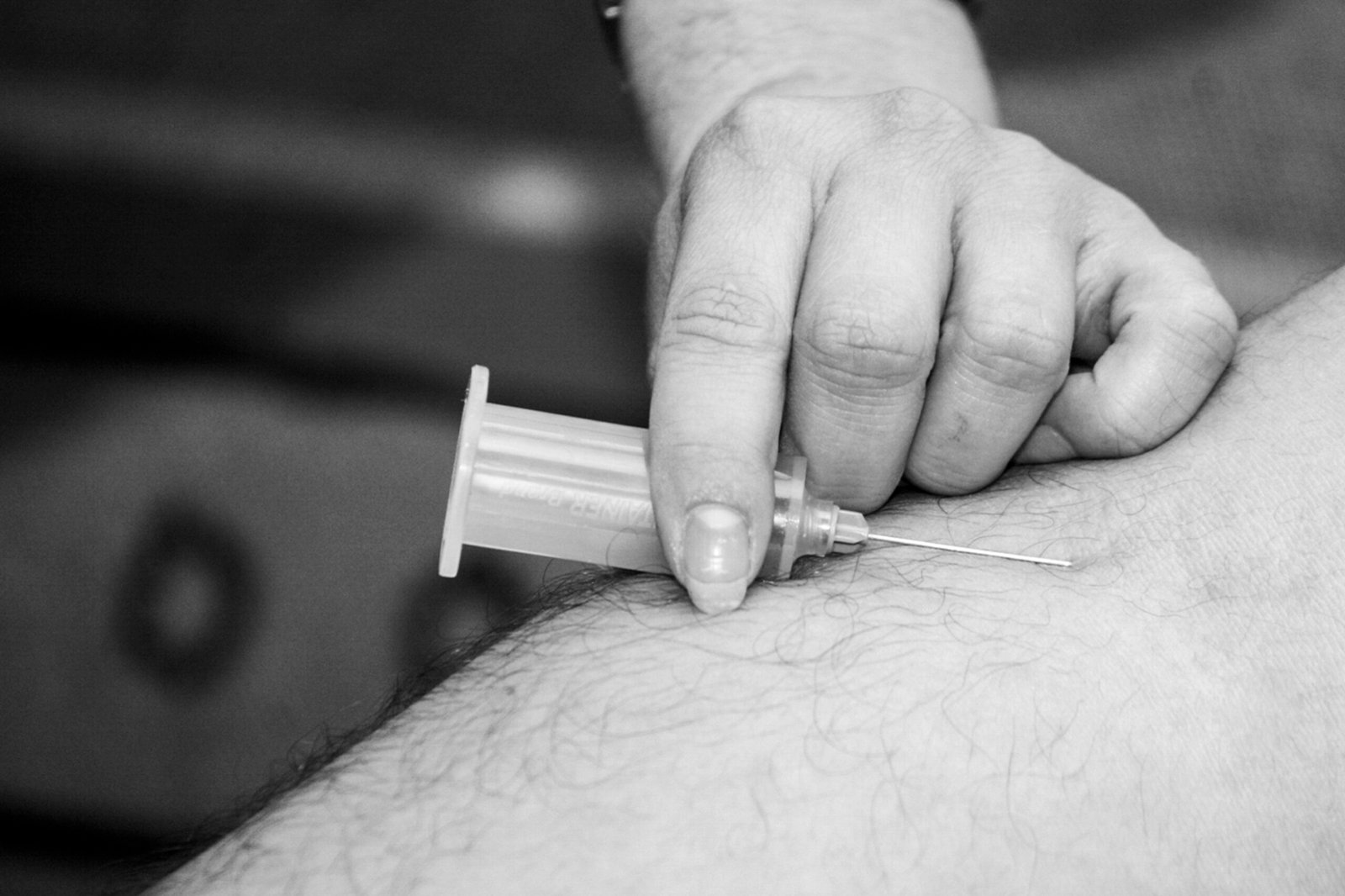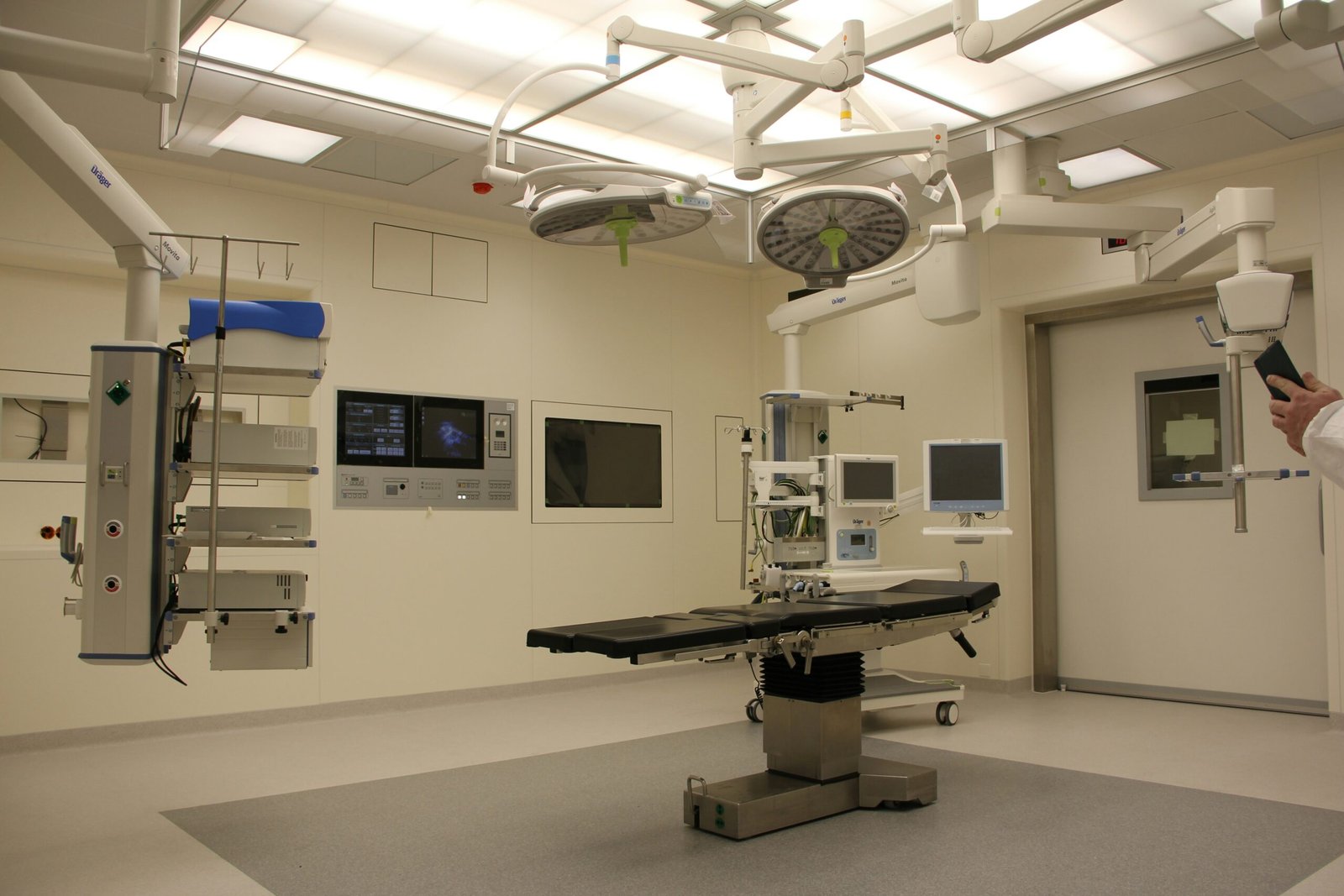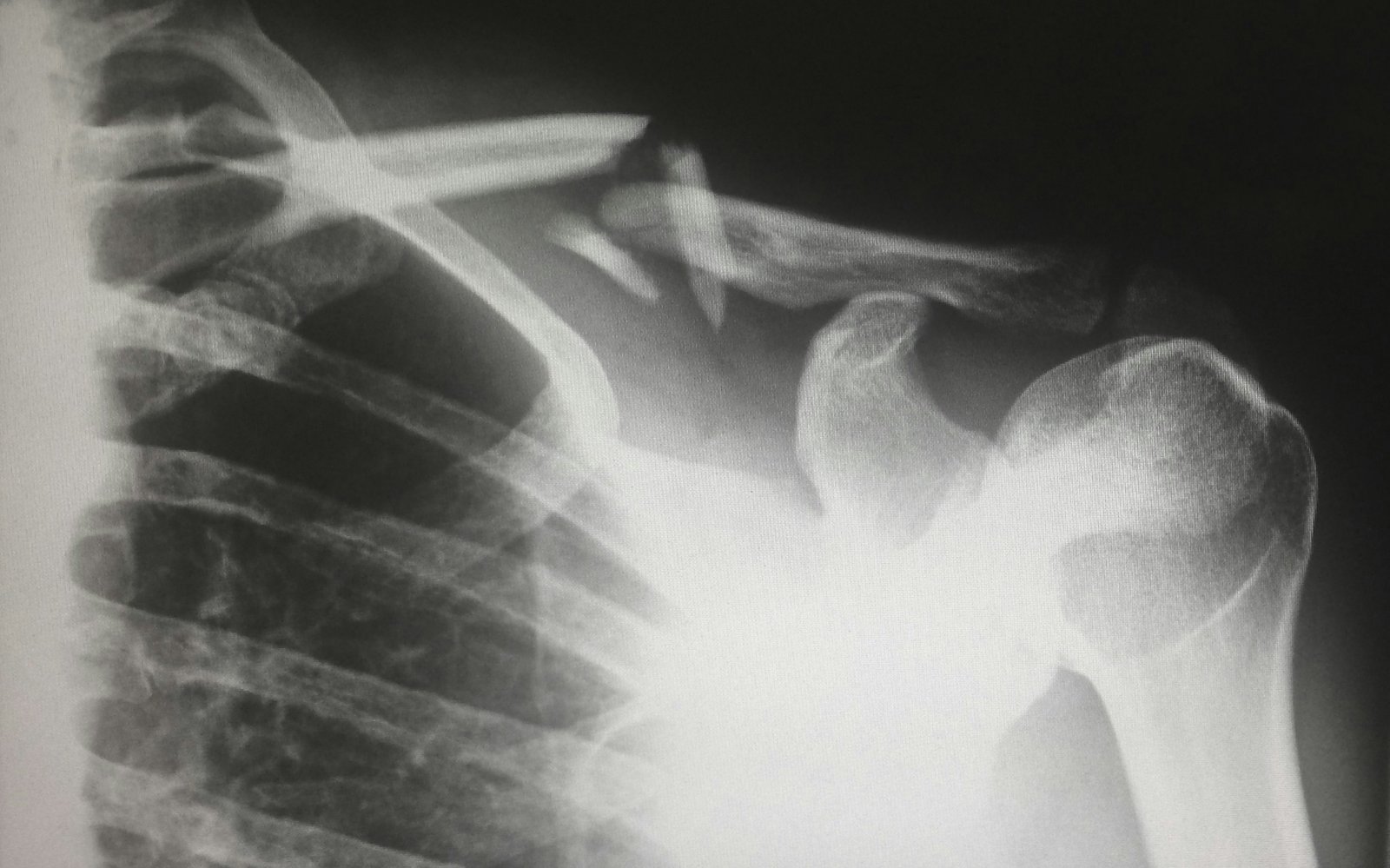Has your gout been acting up lately? It's important to pay attention to your body and recognize the signs of worsening gout. From sharp, intense pain to redness and swelling, these symptoms can make your daily routine challenging. By understanding the indicators of gout worsening, you can take proactive steps to manage and prevent future flare-ups. Let's explore the common signs that may indicate a worsening condition and how you can find relief from the discomfort.
Understanding Gout
Gout is a type of arthritis that is characterized by sudden and severe attacks of pain, redness, and swelling in the joints. It is caused by the accumulation of urate crystals in the joints, which leads to inflammation. Gout primarily affects the joints in the feet, particularly the big toe, but it can also occur in other joints such as the ankle, knee, or wrist.
Definition of Gout
Gout is a form of inflammatory arthritis that is caused by the buildup of urate crystals in the joints. Urate crystals form when there is an excess of uric acid in the blood. These crystals can cause inflammation and intense pain, often resulting in swollen and tender joints. Gout attacks can last anywhere from a few days to several weeks, and the frequency of attacks can vary from person to person.

Causes of Gout
Gout is primarily caused by an excessive amount of uric acid in the blood, a condition known as hyperuricemia. Uric acid is a waste product that is produced when the body breaks down purines, which are found in certain foods and beverages. When the level of uric acid in the blood becomes too high, urate crystals can accumulate in the joints, leading to gout attacks. Factors that can increase the risk of developing gout include a family history of the condition, obesity, high blood pressure, diabetes, and certain medications.
Who is at Risk for Gout
While gout can affect anyone, certain individuals are at a higher risk of developing the condition. Men are more likely to experience gout than women, particularly after the age of 30. Women, however, become more prone to gout after menopause. Other risk factors include a family history of gout, a diet high in purine-rich foods such as red meat and seafood, excessive alcohol consumption, obesity, certain medical conditions such as kidney disease and diabetes, and the use of certain medications such as diuretics.

Early Signs and Symptoms of Gout
Recognizing the early signs and symptoms of gout is essential for prompt diagnosis and treatment. The initial onset of pain is one of the most common early symptoms of gout. The affected joint may become tender, red, and swollen. The pain is often described as a sudden and intense sensation that can be extremely debilitating.
Gout typically affects the joints in a symmetric pattern, meaning that if one joint is affected, the same joint on the opposite side of the body may also be involved. The big toe joint is the most commonly affected joint in gout, but it can also affect other joints such as the ankle, knee, or wrist.
Swelling and redness are also characteristic signs of gout. The affected joint may become noticeably swollen and appear red or purple in color. This swelling can make it difficult to move or put pressure on the joint, leading to further discomfort and limited mobility.
Pains Associated with Gout
The pain experienced during a gout attack can vary in intensity. Some individuals may experience mild discomfort, while others may have severe pain that significantly impacts their daily activities. The pain is typically described as a throbbing or pulsating sensation that can last for several hours or even days.
A unique characteristic of gout is pain that awakens you from sleep. Many individuals with gout report being woken up by excruciating pain in the affected joint. This nighttime pain can be particularly distressing and can significantly disrupt sleep patterns.
Gout attacks often last for several hours or days, with the pain gradually subsiding over time. However, without proper treatment and management, the frequency and duration of gout attacks can increase over time.

Changes in Joint Appearance
Over time, gout can cause visible changes in the affected joints. One of the most noticeable changes is the changing shape of the joint. As gout progresses, the joint may become deformed or misshapen, hindering its normal function.
Discoloration of the joint is another common sign of advanced gout. The affected joint may appear red, purple, or even black in color due to the inflammation and accumulation of urate crystals.
In some cases, gout can lead to the growth of tophi, which are small, white or yellowish nodules that develop under the skin. These tophi are caused by the crystallization of uric acid and can be felt as hard lumps. Tophi often develop in areas such as the toes, fingers, elbows, or ears, and their presence is a sign of advanced gout.
Mobility Issues
Gout can significantly impact a person's mobility and ability to perform daily activities. Pain during movement is a common symptom of gout, and individuals may experience difficulty bending or putting weight on the affected joint. The pain is often described as a sharp or stabbing sensation that becomes worse with movement or pressure on the joint.
In addition to pain, gout can lead to a decreased range of joint motion. The affected joint may become stiff and difficult to move, limiting one's ability to perform simple tasks such as walking, climbing stairs, or picking up objects. This limited range of motion can significantly affect a person's quality of life and independence.
Difficulty walking or moving is another mobility issue associated with gout. The pain and inflammation in the joints can make it challenging to bear weight on the affected foot or leg. As a result, individuals with gout may develop a limp or have difficulty moving around without assistance.
Recurrence of Gout Attacks
Gout attacks can occur sporadically or in a recurrent pattern. The frequency of attacks varies from person to person. Some individuals may experience gout attacks only once or twice a year, while others may have multiple attacks per month.
The duration of gout attacks can also vary. While some attacks may last for a few hours, others can persist for several days or even weeks. The pain and discomfort experienced during these attacks can be severe, making it difficult for individuals to perform their normal daily activities.
Gout can affect multiple joints in the body, although it often starts in one joint and spreads to other joints over time. The most commonly affected joints in gout include the big toe, ankle, knee, and wrist. In some cases, individuals may experience simultaneous gout attacks in multiple joints, leading to widespread pain and mobility issues.
Systemic Symptoms
In addition to joint symptoms, gout can also cause systemic symptoms that affect the entire body. These symptoms may include fever, fatigue, and a general feeling of reduced energy levels.
Fever can occur during a gout attack as a result of the body's inflammatory response to the urate crystals. The body may increase its temperature in an attempt to combat the inflammation, leading to a fever.
Fatigue and reduced energy levels are common in individuals with gout. The chronic pain and discomfort associated with gout can be physically and emotionally draining, leading to feelings of exhaustion and decreased motivation.
Loss of appetite is another systemic symptom that can occur in individuals with gout. The pain and inflammation in the joints can make it difficult to eat or enjoy food, leading to a decrease in appetite. This loss of appetite can result in weight loss and a lack of essential nutrients, further impacting overall health.
Complications of Gout
If left untreated or poorly managed, gout can lead to various complications that can further impact a person's health and quality of life.
One common complication of gout is the formation of kidney stones. Urate crystals can accumulate in the kidneys and form stones, which can cause severe pain and lead to kidney damage if not treated promptly.
Gout can also cause joint damage over time. The accumulation of urate crystals in the joints can lead to chronic inflammation and the destruction of cartilage and surrounding tissues. This can result in joint deformities and permanent disability if not managed properly.
Advanced gout with tophi can also occur as a complication of long-standing gout. Tophi can cause further joint damage and can become chronic sources of inflammation and pain. If left untreated, tophi can erode nearby bone and tissue, leading to severe joint deformities.
Managing Gout Symptoms
Early detection and appropriate management of gout symptoms are crucial for preventing complications and improving quality of life.
Early detection involves recognizing the early signs and symptoms of gout and seeking medical attention promptly. If you experience sudden and severe joint pain, swelling, or redness, it is important to consult with a healthcare professional for an accurate diagnosis.
Lifestyle modifications play a key role in managing gout symptoms. This includes adopting a healthy diet low in purine-rich foods, limiting alcohol consumption, maintaining a healthy weight, and staying hydrated. Regular exercise and physical activity can also help manage gout symptoms by reducing inflammation and improving joint mobility.
In addition to lifestyle modifications, medications and other treatment options may be prescribed to manage gout symptoms. Nonsteroidal anti-inflammatory drugs (NSAIDs) can help reduce pain and inflammation during acute gout attacks. Medications that lower uric acid levels in the blood, such as allopurinol and febuxostat, may be prescribed to prevent future gout attacks.
When to See a Doctor
It is important to know when to seek medical attention for gout symptoms. While some degree of pain and discomfort is expected during a gout attack, certain situations may require immediate medical intervention.
If you experience a sudden and severe onset of joint pain, especially if accompanied by fever, it is important to seek immediate medical attention. These symptoms may indicate a more severe form of gout or an infection in the joint, which requires prompt treatment.
Regular monitoring and check-ups with a healthcare professional are also important for individuals with gout. This allows for ongoing assessment of gout symptoms, monitoring of uric acid levels, and adjustments to treatment plans as needed.
Diagnosis and tests may be necessary to confirm the presence of gout and rule out other possible causes of joint pain. A healthcare professional may perform blood tests to measure the level of uric acid in the blood, as well as imaging tests such as X-rays or ultrasound to visualize the affected joints.
In conclusion, understanding the signs and symptoms of gout is crucial for early detection and effective management of the condition. Recognizing the early signs such as initial onset of pain, swelling, and redness, and seeking prompt medical attention can lead to timely interventions that alleviate symptoms and prevent complications. By making lifestyle modifications, adhering to prescribed medications, and maintaining regular follow-up with healthcare professionals, individuals with gout can lead a healthier and more active life.